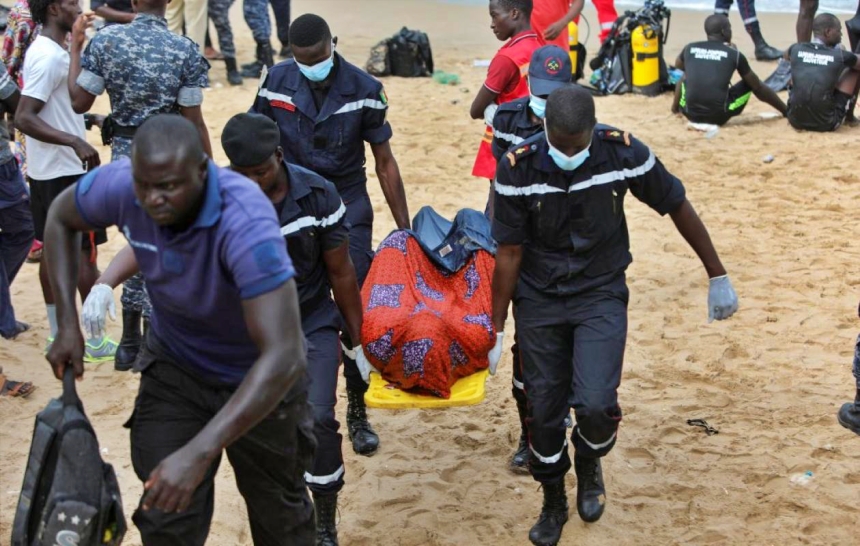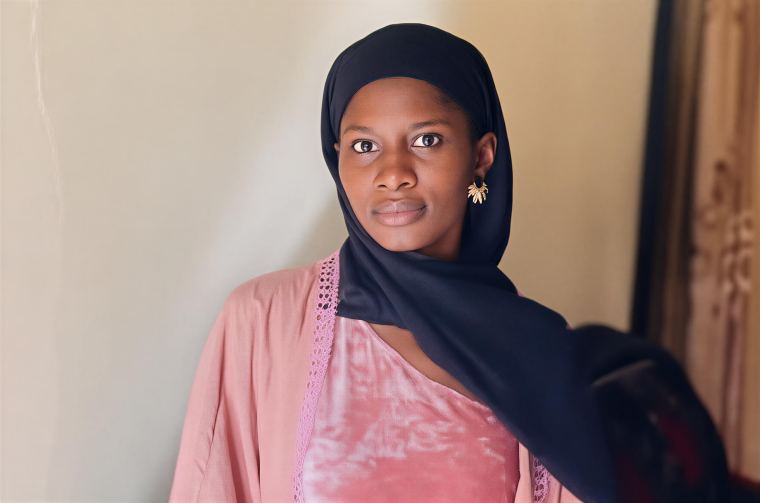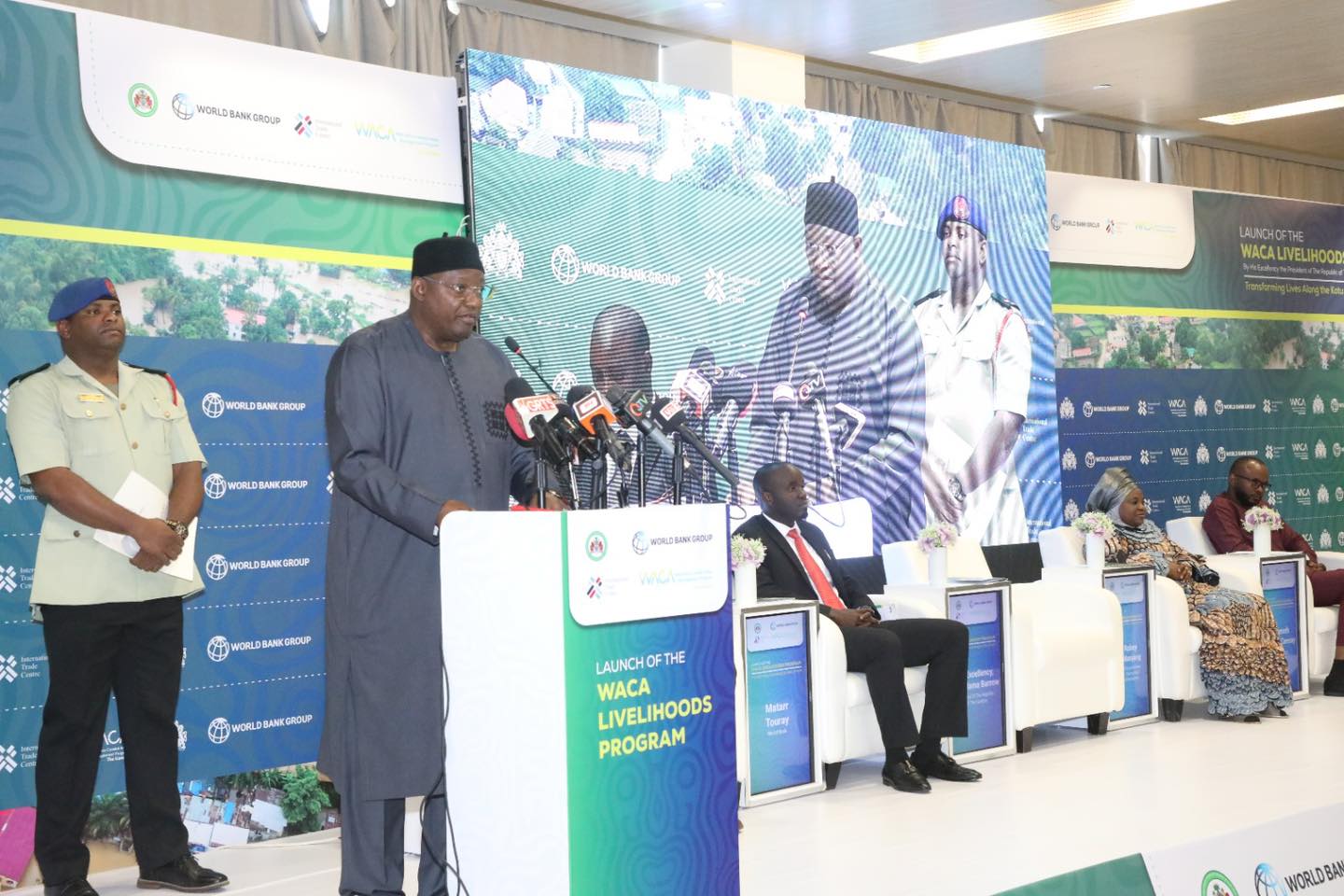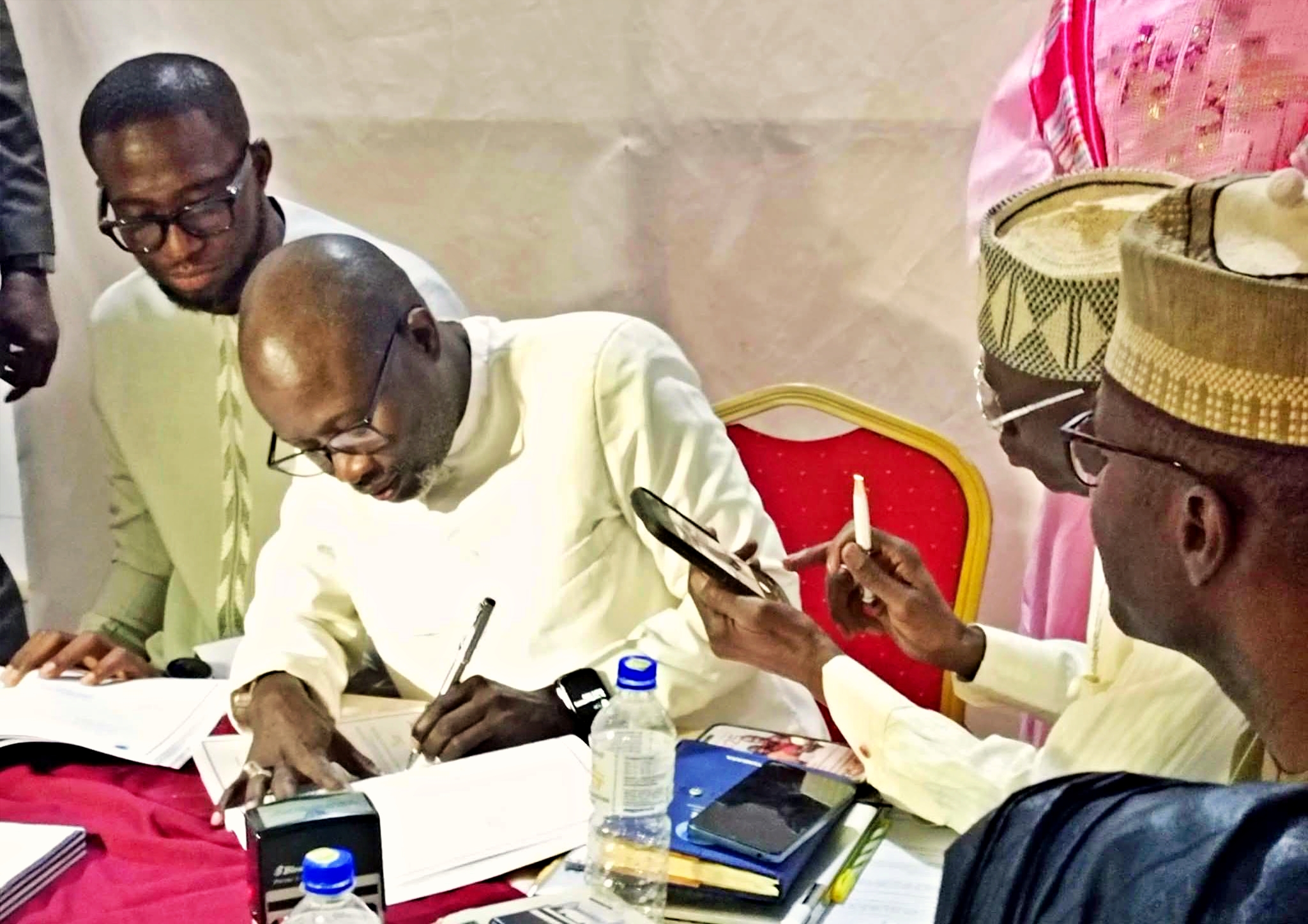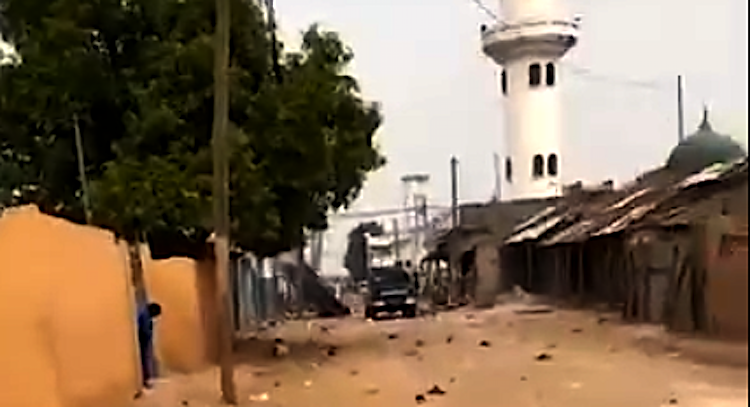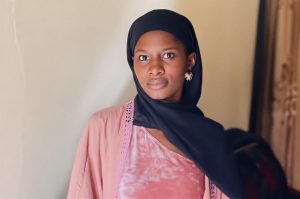Gambiaj.com – Medina Gounass, a holy city in Bonconto Arrondissement in the Vélingara district, founded in 1935 by Thierno Mouhamadou Saïdou Bâ, that has long been a place of pilgrimage and spiritual significance for many followers of Islam in the West African region.The city plays host to a big annual religious gathering called “Dakka”.
Families from various backgrounds migrated to this sacred site to live under the guidance of Thierno Saidou Bâ, and assist in his mission of propagating and vivifying Islam, sunnah, and tidianiyya. Despite its spiritual importance, the city has recently witnessed violent clashes, particularly on Tabaski day this year.
A fierce rivalry between Fouladou and Toucouleur caliphs
On Tabaski Day this year, a violent conflict erupted between the two Fulani communities of Fouladou and Toucouleur of Medina Gounass, involving religious communities in the commune of Médina Gounass and the holy city of Médinatoul Houda. The two factions are that of Thierno Amadou Tidiane Ba, the caliph general of Medina Gounass, and that of Thierno Mounirou Baldé, the caliph general of Fuladu.
The conflict erupted at the end of the Eid prayer when the convoy of Toucouleur Caliph General Thierno Amadou Tidiane Ba, returning home under police escort, was attacked near the “Ngabounké” mosque. The police intervened to disperse the crowd, but the situation had already escalated, resulting in one fatality, damaged vehicles, and houses set on fire.
Thierno Mounirou Baldé of the Fouladou community, traditionally known as the Dental, provided a different perspective. He stated that the convoy of Caliph Thierno Amadou Tidiane Ba disrupted their ongoing Eid service with loud horns and engines, which led to the altercation. The violence extended to nearby villages, causing serious injuries and further property damage.
Government and Civil Society Response
In response to the violence, Interior Minister Jean-Baptiste Tine visited the city to help defuse the crisis. The gendarmerie initiated an investigation, resulting in the arrest of around 30 individuals. The African Rallye for the Defense of Human Rights (RADDHO) condemned the violence and called for mediation between the conflicting communities.
The non-governmental organization is calling on Senegalese religious authorities to mediate between the belligerent communities for better cohabitation. It also calls on the religious leaders of these communities to take accountability before calling for the start of an investigation to bring the criminals to justice.
Similarly, the National Council of Imams and Ulemas of Senegal (CNIOS) urged all parties to cease hostilities and prioritize dialogue and reconciliation.
“We regret these actions, which are in opposition to the principles of peace, brotherhood, and tolerance that our culture and faith uphold. In a statement released to the public, Senegalese Imams and Ulemas declared, “We call on all actors involved to immediately cease hostilities and to prioritize dialogue and reconciliation.”
Recurrence of Clashes
Medina Gounass was founded by El Hadji Mamadou Seydou Bâ. The residence and mosque of Caliph Thierno Amadou Tidiane Bâ are situated 200 meters from Thierno Amadou Baldé’s mosque. The “Foutankés” and the “Ngabounkés,” who are today rivals, coexisted peacefully during the time. However, as time went on, their relationship deteriorated to the point that regular and violent confrontation sequences resulted.
Clashes between the rival groups in Medina Gounass are not new. Historical accounts indicate that such conflicts date back to 1978 when politics entered the city. The former mayor, Seydou Bâ, recounted similar incidents in 1995 and 2022, where violence erupted on Tabaski day, causing injuries and property damage.
Despite previous attempts to reach a consensus, such as the agreement for separate prayer times on Tabaski day, tensions persist.
Regretfully, there is scant indication that sincere cooperation and reciprocal regard amongst religious authorities may be achieved in Medina Gounass. It is conceivable that Medina Gounass’s violent cycle will go unchecked, trapping its citizens in a never-ending condition of uncertainty and terror. The latest bloodshed highlights the duplicity of the central government authorities, who would sooner appease the Caliphs than make concerted attempts to promote peace and harmony. Instead of putting their own people’s welfare first, each of these leaders is primarily concerned with how to gain favor with the central government and obtain its resources.



